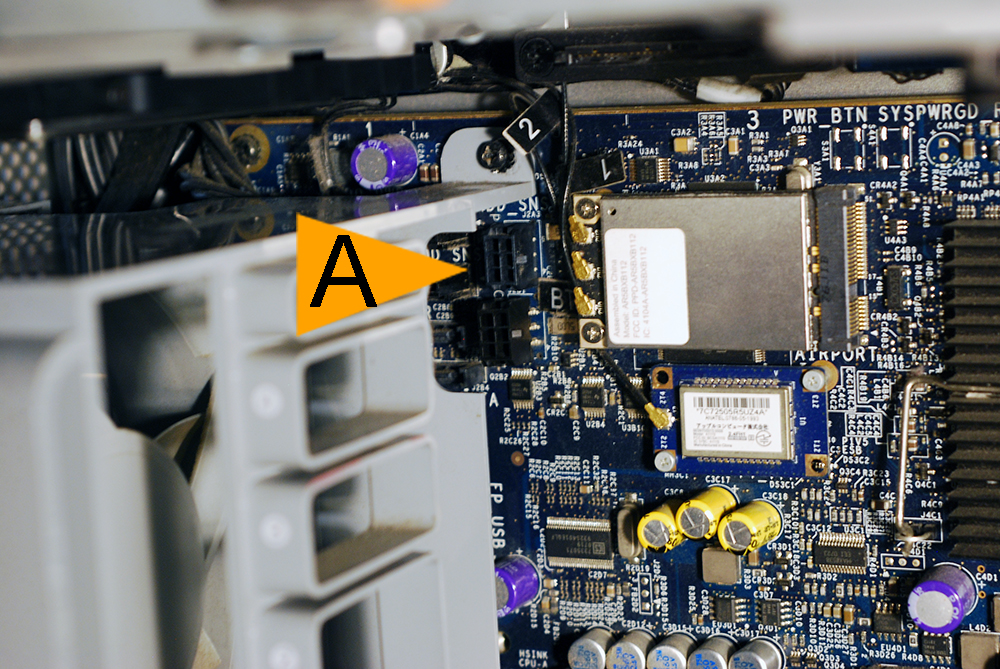
The instructions are given the Apple web site: Create a bootable installer for OS X. You then use the USB drive to install OS X on your Mac. You can then transfer the download to a USB drive.

From this, you can go to the App Store and download and install newer versions of OS X.Īn alternative would be to use another Mac to download OS X. v3.4, v3.5, v3.6) 3) switch easily between the different versions 4) keep each version’s package libraries separate and independent from one another 5) have, or enable, an easy/quick way to install my most vital packages for the newer versions. You can use Internet Recovery to install the version of OS X that came with your machine. 1) Works well with RStudio 2) installing multiple versions of R (e.g. Also, I do not know if you were using Core Storage and if so, how this would effect the ability to erase the Recovery partition.Įvidentially, you can now only boot using OS X Internet Recovery. Evidently, this would be much harder (or perhaps impossible) to do if El Capitan was installed.

There is the possibility you could have erased the Recovery partition by using the Disk Utility if you had Yosemite installed. The tags you placed on the question suggest you have upgraded to El Capitan (OS X 10.11). Your model Mac was shipped with Yosemite (OS X 10.10) installed.


 0 kommentar(er)
0 kommentar(er)
